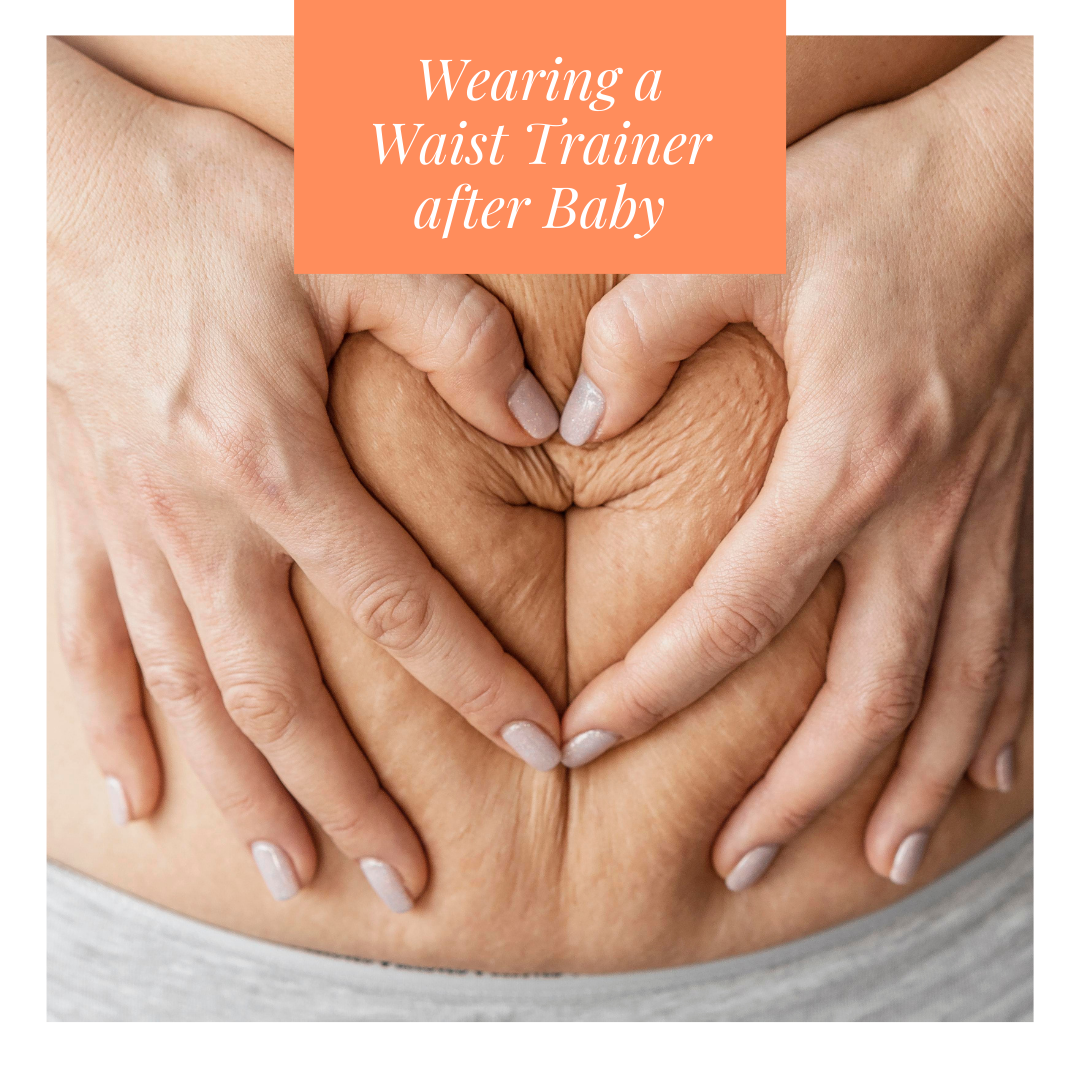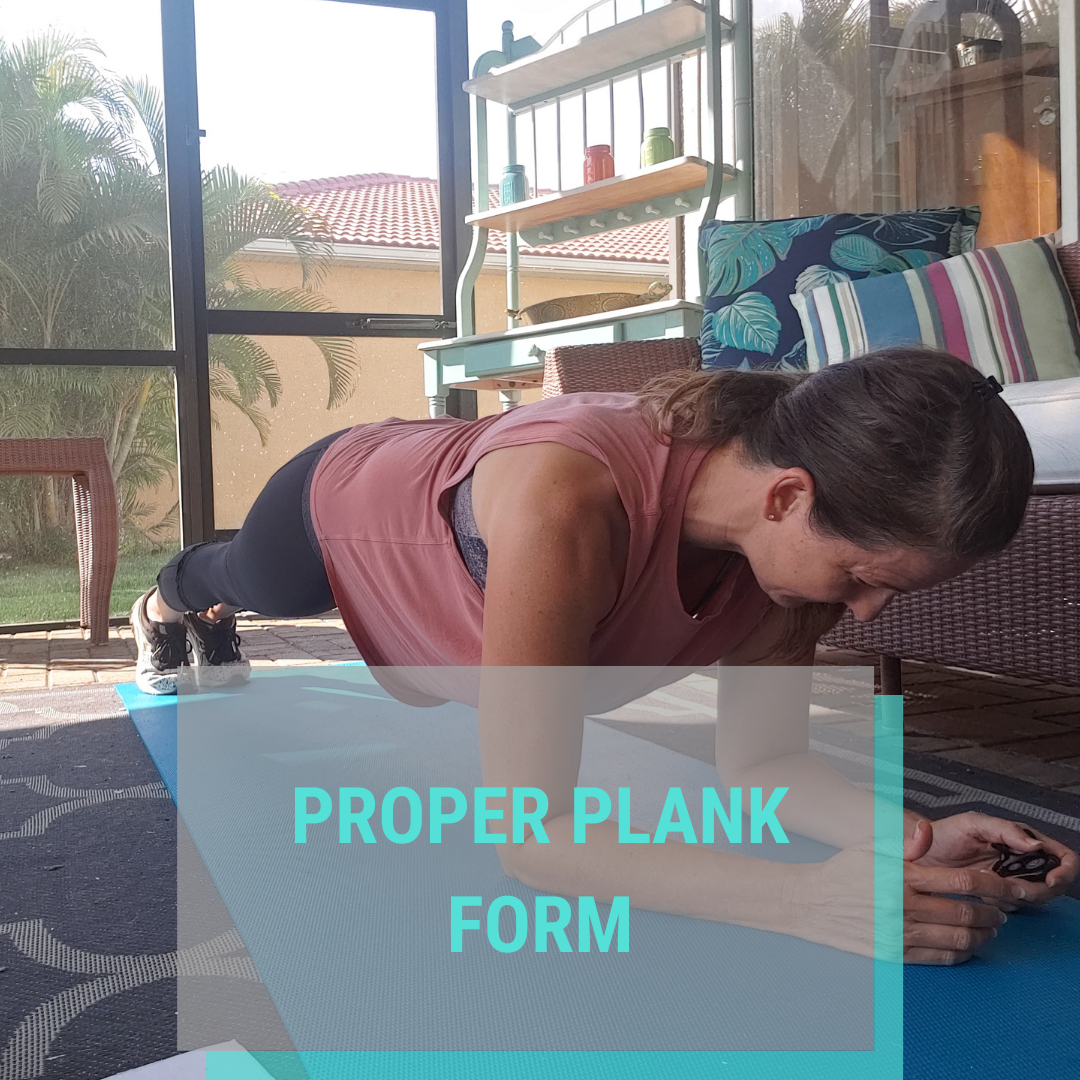What is Diastasis Recti

Diastasis Recti is a separation of the rectus abdominis muscles and a thinning of the connective tissue (linea alba) which runs from the rib cage to the pelvis. It is commonly (60%) found in women after pregnancy, but anyone can have DR. It will often make your belly tent up or create a bulging affect when putting pressure on the abdominal wall when doing certain exercises.
After delivering children the linea alba can begin to firm back up and go back to its normal state but doesn’t always do so and that is when it’s important to determine why you are still struggling with DR.
How to Test for Diastasis Recti
You will want to lay down on the floor with your feet on the floor like you are going to do a crunch. Hold your 3 middle fingers together in a straight line. Place all three fingers with palm facing you, down towards your belly button. You can press gently down to see what the response is of this area of the belly. Then you will slowly lift your head up off the floor and gently press the fingers down again. You will want to test at the belly button, about an inch to an inch and a half above the belly button and about an inch below the belly button as well.
You will want to be testing for a few things:
- How squishy is the area where your belly button is when you lift your head
- If you breathe out through pursed lips when you lift your head, does that same area get harder or is it still squishy?
- Do you notice the abdominal wall coming together around the fingers?
- If so, how far do they pull in when you lift your head up?
What is normal for the Diastasis Recti Test
It is normal to have a one finger separation and sometimes even up to a 2-finger separation after having children. What you want to look for is whether or not it is squishy when the head is down or up and also what happens when you breath out. If it is squishy, then you will want to practice exercises that are designed to help close the DR and practice certain posture and breathing techniques. If the separation is more than two fingers separated, whether or not it is squishy; I would also recommend practicing exercises that are safe for Diastasis Recti. I would also recommend working with someone to help ensure you are moving correctly through different movements.
Grab our Free pdf guide on how to test for Diastasis Recti along with a few exercises you should begin to work on if you have DR. If you are struggling to determine if you have DR, please reach out to me at courtney@formfitnaples.com and I would be happy to get on a Complimentary Zoom call to discuss further.
You may also enjoy reading:
Should you Wear a Waist Trainer after Baby?
Dealing with Urinary Incontinence








3 Comments
Comments are closed.